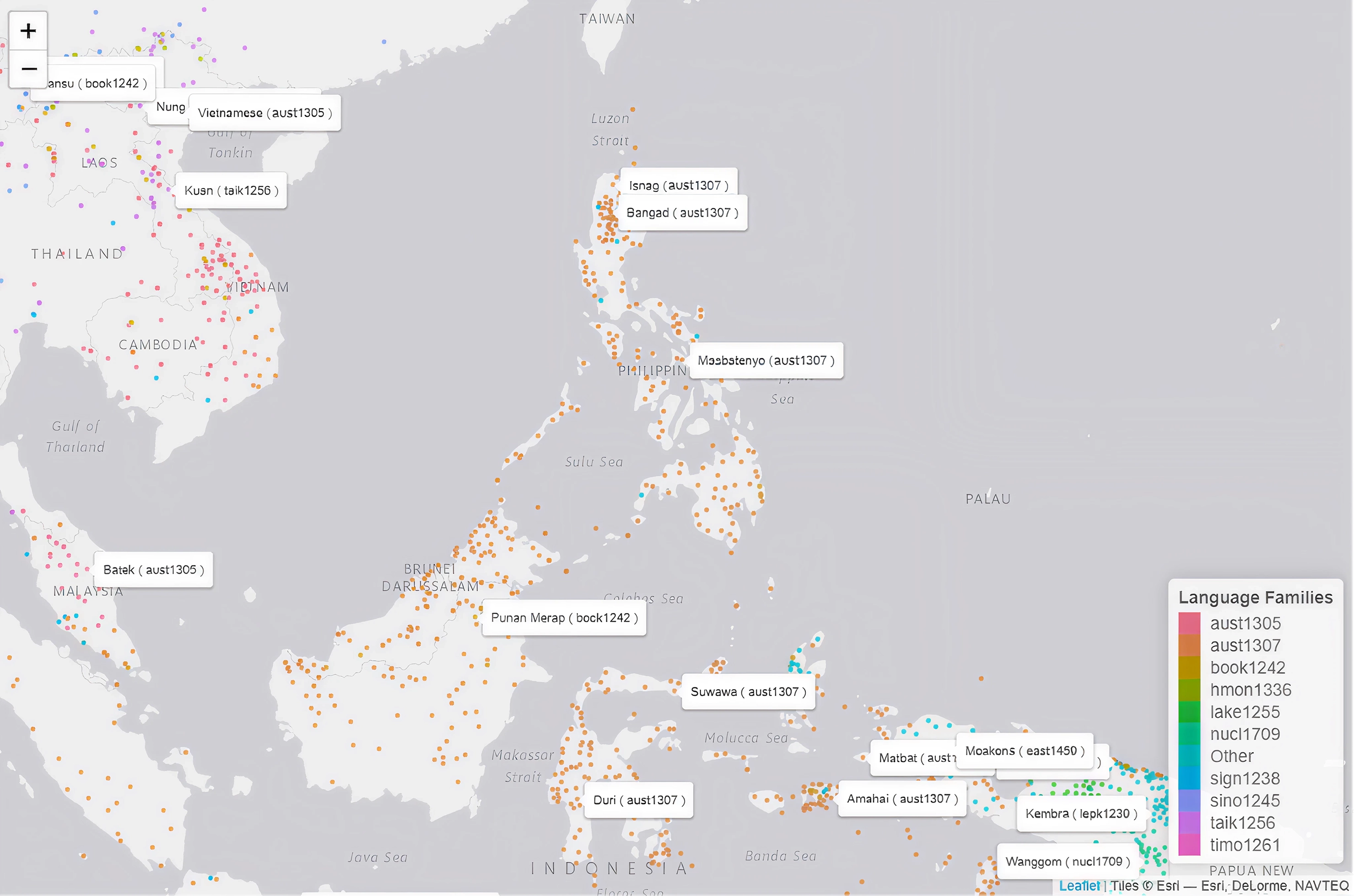Published: Oct 17, 2025
Making intelligence work where people live
Artificial intelligence is only as powerful as its ability to adapt to local realities. At NCS, we believe that hyper-localising AI is not a side concern, but rather the foundation for meaningful adoption and trust. From language and governance to culture and community needs, our AI systems are designed to extend human capabilities while respecting context.
With projects spanning multilingual models for Southeast Asia, video analytics that recognise local risk cues, delivery robots tuned to Singapore’s urban landscape, and IoT sensors that improve public housing and water management, NCS is shaping AI that works where people live.
Key takeaways
- Localising AI builds trust by reflecting how communities truly live, work and communicate.
- Hyper-local AI drives adoption by aligning with country-specific regulations and cultural norms.
- Embedding local context into vision and robotics enhances safety, efficiency and public confidence.
- AI tuned to place-specific sensors and infrastructure enables smarter, greener communities.
- Scaling AI with empathy and relevance creates long-term resilience and competitive advantage.
AI that understands us
Localising language to bridge communication gaps
Responsible AI leadership demands cultural and geographic grounding. In a region like Southeast Asia, with 1,200 languages, this means building models that are attuned to how people actually speak.

Figure 1. Geographic distribution of languages in Southeast Asia by linguistic family. Each point represents a language documented in Glottolog, coloured by its top-level family grouping (Hammarström, Forkel, & Haspelmath, 2023). The map highlights the region’s exceptional linguistic diversity — including major families such as Austroasiatic (e.g., Vietnamese, Khmer), Austronesian (e.g., Malay, Tagalog, Javanese), Tai-Kadai (e.g., Thai, Lao), and Sino-Tibetan (e.g., Burmese). Language families with fewer speakers are grouped under “Other.” This linguistic richness highlights the importance of developing AI systems that are sensitive to local languages and cultural contexts.
Initiatives like SEA-LION and MERaLiON exemplify the push toward culturally fluent models. Table 1 highlights the notable efforts at the regional and country levels to design multilingual LLMs with Southeast Asian languages, dialects, and social constructs in mind.
NCS is a keen supporter and contributor to SEA-LION and MERaLiON projects. In fact, we have been continuously innovating our proprietary Ins8.ai speech-to-text and LLM solution, optimised for Singaporean English or Singlish, which has been deployed successfully in call centres.
These models are not translated versions of Western counterparts; they are built from regional data, curated by local experts, and evaluated through lenses of equity and respect. They embody local values, linguistic diversity, and cultural heritage, offering a path toward AI that not only speaks the language of underrepresented communities but also reflects their worldviews, priorities, and ways of life.
Such localisation also plays a key role in governance. AI systems must comply with country-specific requirements around data residency, privacy, and explainability. However, perhaps most importantly, hyper-local AI elevates inclusion. It empowers communities to participate in digital transformation without being left behind. Refer to Table 1 below for regional and country-level initiatives in multilingual AI for Southeast Asian contexts.
AI that helps us see more and better
Perception in place
Visual AI models must operate in context-rich environments. A computer vision model that performs well in a U.S. warehouse might struggle in a Southeast Asian construction site. That is why NCS develops customisable video analytics models designed for dynamic and high-risk environments, such as public infrastructure and industrial worksites.
These models embed local priors, culturally relevant risk cues, site-specific hazards, and compliance frameworks. They continuously learn and adjust to environmental shifts, ensuring sustained accuracy in ever-changing scenes.
Our video AI systems are now used to automate compliance checks, track near-miss incidents, and monitor safety violations in real-time across various industries. The result is not only safer workplaces but also fewer manual inspections and faster incident response.
AI that moves with us
Local intelligence for robots
From delivery bots to autonomous vehicles, robotic systems require more than GPS to operate effectively in complex urban environments. They need local knowledge to navigate unstructured terrains, understand foot traffic patterns, and respond to region-specific rules and social behaviours.
NCS is leading the charge in building such systems, including next-generation autonomous delivery robots designed for Singapore’s urban landscape. These robots operate seamlessly in mixed-use environments, void decks, pedestrian walkways, and multi-level campuses.
Their localisation is not just spatial but behavioural. Our AI models ingest sensor data and integrate with local traffic norms and citizen interactions to ensure safety, reliability, and public trust. The success of these systems demonstrates that for robots to thrive in society, they must first learn to behave like good neighbours.
AI that knows what matters
Contextualised sensors for social good
Paired with sensors embedded in the physical world, AI models can drive meaningful outcomes. Nevertheless, to do this well, sensors and analytics must be calibrated to local infrastructure, climate, and public expectations.
NCS’s AI-enabled IoT solutions are deployed in Singapore’s public housing estates to monitor the structural health of more than 10,000 high-rise buildings, manage energy usage, and predict maintenance needs. These efforts support HDB’s broader vision of sustainable and resilient townships (HDB, 2024). Our analytics help reduce emissions and prevent costly breakdowns, creating not only more intelligent buildings but also greener communities.
Elsewhere, our simulations and sensor models support Melbourne Water in ensuring water safety through predictive modelling of treatment infrastructure (NCS, 2024). These examples highlight how localised AI, grounded in place-specific sensor data and operational norms, can enable lasting, human-centric impact.
Belonging is the true measure of intelligence
The most impactful AI isn’t the one with the fastest processing speed or the largest dataset; it’s the one that belongs. AI that understands how people speak, live, and work in their own terms builds trust and drives real adoption.
By hyper-localising intelligence, respecting language, culture, and governance, organisations can scale AI with purpose, empathy, and resilience. The future of AI isn’t just about capability; it’s about connection. Leaders must ask not only if this can scale, but also if it should scale here, and how? Because intelligence without belonging is just technology. Intelligence with belonging becomes transformation.
Table 1. List of notable LLMs that specialise in Southeast Asian languages:
(a) Regional LLMs, and (b) Country-specific LLMs in major Southeast Asian economies
a. Regional LLMs specialising in Southeast Asian languages

b. Country-specific LLMs of major Southeast Asian countries Indonesia, Thailand and Vietnam

